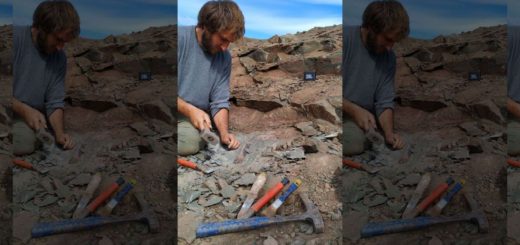$58 Million Could Land You on International Space Station

NASA’s Commercial Crew Program astronauts, wearing spacesuits and augmented reality headsets, rehearse returning to Earth from the International Space Station during recent testing at Boeing’s Extended Reality Laboratory in Philadelphia. BOEING/NASA
If you’ve fantasized about becoming an astronaut and flying to the International Space Station, NASA is willing to help you achieve that goal. And it probably will set you back only about, um, $58 million.
The U.S. space agency announced last week that it will allow “private astronaut” missions to the ISS, in which non-NASA space travelers will fly on a private spacecraft developed under NASA’s Commercial Crew Program. Two private astronauts will be allowed to fly each year and spend up to 30 days on the ISS. The first such flight could come as early as 2020.
NASA Commercial Crew
✔
@Commercial_Crew
As we focus on our goal of landing the first woman and next man on the Moon by 2024, @NASA is opening the @Space_Station for commercial business so U.S. industry innovation and ingenuity can accelerate a thriving commercial economy in low-Earth orbit ️: https://go.nasa.gov/2WjAKGg
Embedded video
200
7:27 PM – Jun 7, 2019
Twitter Ads info and privacy
60 people are talking about this
NASA’s specifications for the program require companies to submit detailed proposals for private astronaut missions, in which they describe what activities the private visitors will participate in on the ISS, what sort of equipment and resources they’ll need, and what their level of training will be. Once the agency decides that the proposed mission is feasible, it will work with the company to make it all happen.
Although the NASA announcement or the specifications didn’t spell it out, numerous news media reports interpreted it to mean that the agency is going to allow space tourists to go to the ISS. It wouldn’t be the first. Numerous space tourists have flown on Russian spacecraft to the ISS since 2001, and Roscosmos, the Russian space agency, announced in February that it will fly private astronauts in 2021, following the route taken by Soviet cosmonaut Yuri Gagarin, the first human to reach space in 1961.
Learn more about space stations in “Space Stations: The Art, Science, and Reality of Working in Space” by Gary Kitmacher. HowStuffWorks picks related titles based on books we think you’ll like. Should you choose to buy one, we’ll receive a portion of the sale.



 Creators of mankind
Creators of mankind Description of “Tall white aliens”
Description of “Tall white aliens” Where they came from?
Where they came from? About hostile civilizations
About hostile civilizations The war for the Earth
The war for the Earth “Tall white aliens” about eternal life
“Tall white aliens” about eternal life Video: “Nordic aliens”
Video: “Nordic aliens” Aliens
Aliens Alien encounters
Alien encounters The aliens base
The aliens base UFO
UFO Technology UFO
Technology UFO Underground civilization
Underground civilization Ancient alien artifacts
Ancient alien artifacts Military and UFO
Military and UFO Mysteries and hypotheses
Mysteries and hypotheses Scientific facts
Scientific facts


















